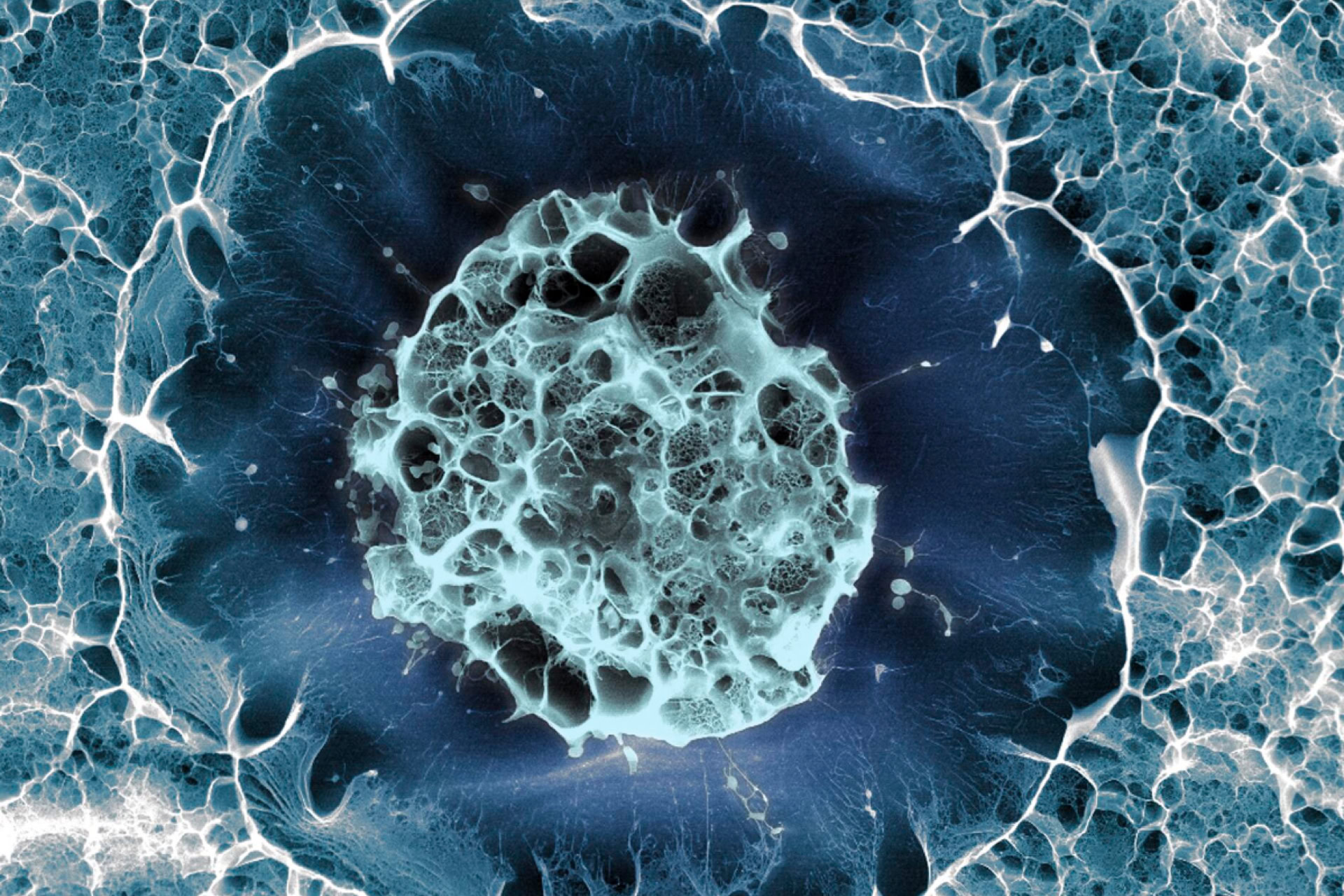'Cloning Discovery Has Unleashed a Wolf in Sheep's Clothing'; 'Cloned Sheep in Nazi Storm' and 'Dolly Opens Door for Life After Death' were among the headlines to appear in the acres of newsprint inspired by Dolly, the first mammal to be cloned from an adult cell. The cover of the German magazine Der Spiegel bleakly stated: 'Wissenschaft auf dem Weg zum geklonten Menschen. Der Sundenfall.' ('Science on the way to cloned people. The fall of man.'). It suggested the little cloned lamb would herald the day when scientists could create a regiment of Hitlers, the implication being that cloning people would somehow facilitate some kind of science-fiction tyranny, where individual identity was lost to a nameless, faceless and oppressive mass of pseudo-humans.
A decade later, the vast majority of scientists are relieved that no cloned babies have been born because of the dangers of the nuclear transfer method, let alone the ethical issues raised by reproductive cloning. Even better, we are beginning to see applications of the technology in the farm, clinic, and hospital that hold out great promise. It seems likely that the US will allow cloned produce to enter the food chain; we have seen European approval for the first pharmed drug (ATryn), another application where cloning has a role; and we have witnessed a vast expansion of research on stem cells, where - in the short term - cloning offers a way to model disease and test treatments and, in the long, could aid the development of cell-based therapies with vast potential, from treating Parkinson's to blindness and more besides.
The spin, hype and exaggeration that surround the efforts of Ian Wilmut and the many others involved in cloning and stem cell research suggest a dizzying pace of progress carried out by wild-eyed Frankensteins, with science out of control and accelerating far too quickly for irritating little things like ethical considerations to have the smallest hope of keeping up. The truth is that we have plenty of time to sort out the ethics, because in comparison to the rate of progress in other fields, the application of this knowledge is slow, and painstaking, and is already highly regulated in many countries. Having a well informed public is crucial if this technology is to be used wisely. I wrote 'After Dolly' with Ian Wilmut to continue the long tradition of scientists at the forefront of research being open about what they do and in speculating on where their science may take us. Readers may not agree on the final destination but I do hope that our book will at least help inform the debate.
But Ian and I have faith in more than being open. We have faith in people too. We have confidence that a well-informed democracy can keep abuses in check; we have confidence in women who would not donate eggs to clone a dictator, but would to help a patient with an urgent clinical need; and above all else we have faith in the vast majority of scientists, who are no different from anyone else in wanting to reduce suffering and make the world a better place.
As for what will result from this research in a century's time, that is anybody's guess. Whatever emerges, I am confident that the technology of cloning will shed new light on the mysteries of development, that the process will become more efficient and safer, that there will be embryo-free (and thus egg free) alternatives to the use of nuclear transfer in the creation of a patient's own stem cells, and that millions of people will benefit, either directly or indirectly, from cloning. Along the way, I am sure that many difficult ethical issues will be thrashed out to the satisfaction of the majority of society. Only one issue really worries me. We often take for granted what has been hard-won from previous research, and overlook future developments that may well dwarf the attainments of the past. As much damage can be done by failing to exploit the beneficial applications of new technologies, such as cloning, as promoting applications which are risky or harmful. But I take comfort in one thought: ever since our ancestors first discovered how to harness fire, we have had to think about the uses and misuses of knowledge. You can use fire to sterilise food and stay warm. You can also use it to burn an enemy's fields and raze their house. We have a long history of having to cope with this kind of responsibility. Now we have to ensure that cloning is not abused. Equally, however, we must not allow fears about the misuse of cloning to curb our exuberant creativity.



Leave a Reply
You must be logged in to post a comment.